1. A Normal Day on a Thriving Planet

Science has meticulously pieced together the chaotic moments of that day, and the picture is one of unimaginable violence and global transformation. Sixty-six million years ago, Earth was a far cry from a dying world; it was a warm, lush, and thriving paradise. Large herds of horned and armored dinosaurs browsed the fern plains, while the massive, long-necked sauropods calmly reached for leaves in the high canopy. The air was filled with flying reptiles called pterosaurs, and the ground teemed with small, scurrying mammals, living in the shadow of the giants. Life followed its predictable, comfortable rhythm, feed, rest, and survive. This tranquil, stable backdrop is essential to understanding the catastrophe, as no creature would have sensed the impending, world-ending danger.
2. A Silent Space Rock Enters the Sky

High above the planet, an asteroid approximately six miles wide, larger than Mount Everest, hurtled through the vacuum of space at extraordinary speeds, estimated to be around 45,000 miles per hour. As it plunged into Earth’s atmosphere, the friction was so intense that the air ahead of it violently compressed and glowed white-hot. If any creature had looked up, the object would have appeared as a blinding, moving point of light, far brighter than the sun, fire, or any lightning strike. The rock crossed the upper atmosphere and lower sky in mere seconds, moving too quickly for any living thing to register, let alone react to, before impact.
3. Impact Point: The Sulfur-Rich Yucatán

The asteroid struck the shallow waters of the ancient coast near what is now the Yucatán Peninsula in Mexico, unleashing energy equivalent to millions of times the power of the largest nuclear bomb. The sheer force of the contact instantly turned rock, seawater, and atmosphere into superheated vapor and fire, with temperatures momentarily reaching that of the sun’s surface. This impact carved out a crater over 100 miles wide, known today as the Chicxulub Crater. Crucially, the region was rich in gypsum, a sulfur-heavy limestone, which meant the impact immediately launched vast quantities of sulfur aerosols into the upper atmosphere, setting the stage for global climate change.
4. The First Second of Irreversible Change
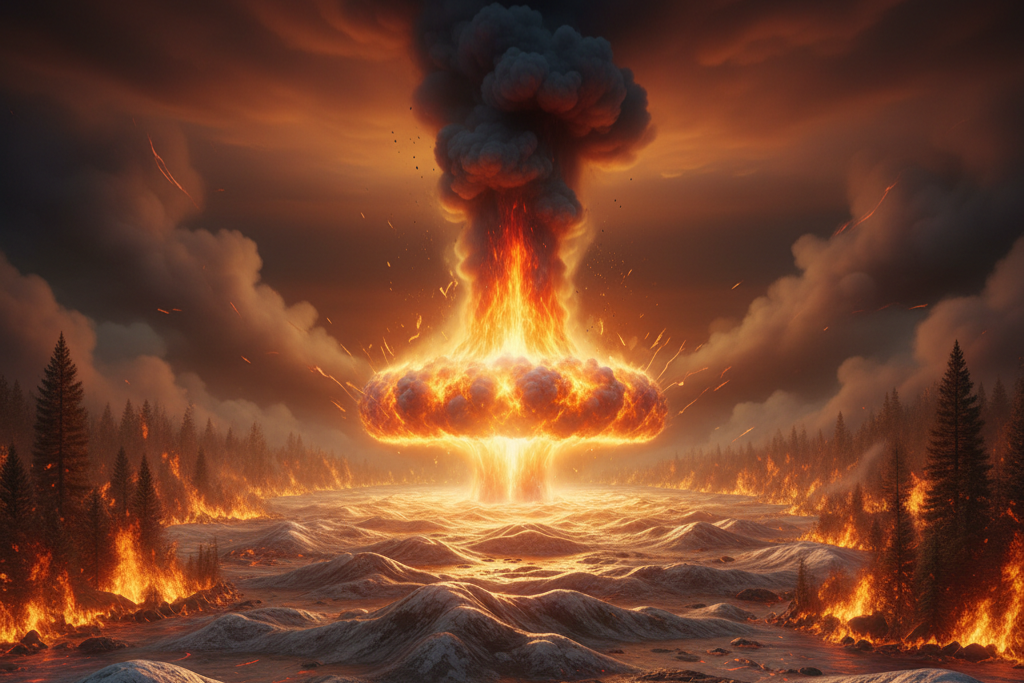
In the initial moments of the impact, before sound had even a chance to travel, the immediate geography was annihilated. Solid rock behaved as a fluid, and the ocean didn’t splash, it explosively vaporized upward. A colossal fireball rose violently, and the radiant heat alone was sufficient to ignite forests for hundreds of miles in every direction, even before the blast wave arrived. Dinosaurs close to the impact zone, covering a vast area, would have been incinerated without warning, likely dying before their brains could register the event. This first second was a pure, physics-driven moment of planetary transformation.
5. Heat Shock Waves Spread Across the Planet
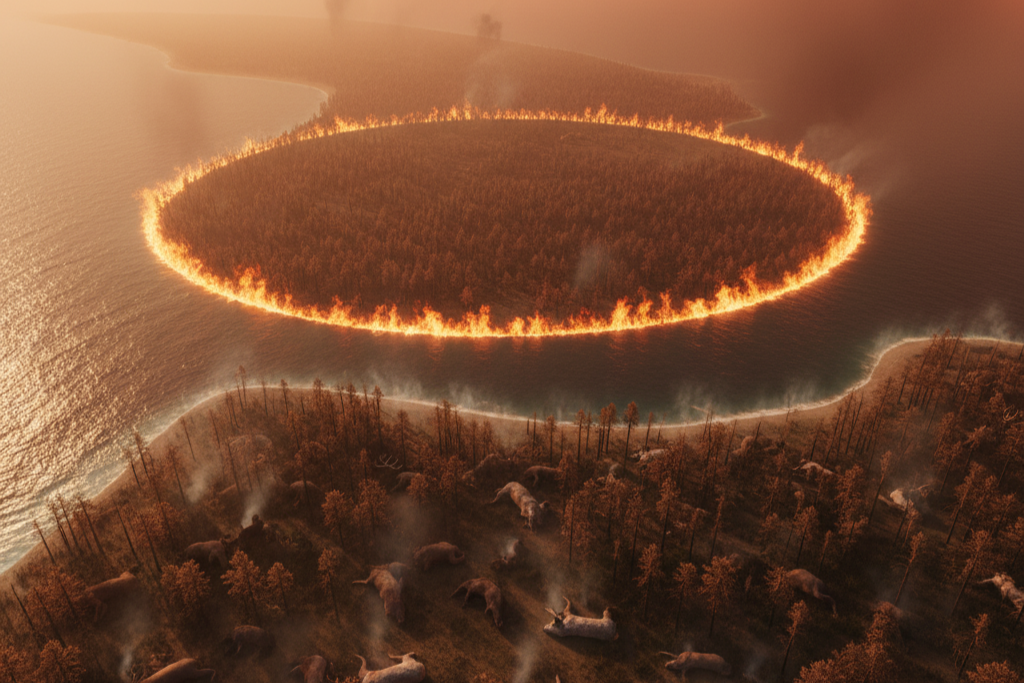
The ascending fireball rapidly radiated its energy outward, racing ahead of the blast’s physical destruction. This enormous thermal pulse caused a heat shock that impacted regions thousands of miles away. Far from the epicenter, delicate leaves on trees would have instantly shriveled, and the fur or feathers of animals would have singed. On coastlines and in forests globally, the intense thermal energy may have caused simultaneous ignition of dry vegetation, creating a ring of fire around continents. Many animals simply collapsed from heat exposure, marking a devastating initial mortality event caused purely by energy transfer.
6. Ground and Water Shockwaves Begin to Circle

Immediately following the heat wave, colossal shockwaves expanded through the atmosphere, land, and sea. Air compression acted like a massive hammer, flattening forests in clear, radial arcs. Tremors traveled through Earth’s crust, causing rock walls to shatter and cliff faces to shear. In the oceans, these pressure changes injured or killed marine life even at great depths. Almost instantly, tsunami waves of unimaginable size began forming, driven by the massive displacement of water. These towering swells raced across ocean basins, poised to strike distant continents and reshape coastlines in a matter of hours.
7. Molten Rock Rains From a Burning Sky

Millions of tons of vaporized, pulverized rock were ejected high into the atmosphere, cooling into small, glassy spheres called tektites. As these particles fell back toward Earth from orbital heights, the friction of re-entry superheated them, making the sky glow a deep, ominous orange. This global rain of superheated debris reignited vegetation that had survived the initial thermal pulse. Fields and forests that were spared now caught fire from the falling incandescent particles. The planet was enveloped by thick smoke clouds, and for a period, the world may have appeared as if the sky itself was burning fiercely above a collapsing landscape.
8. The Impact Triggers Global Earthquake Chains
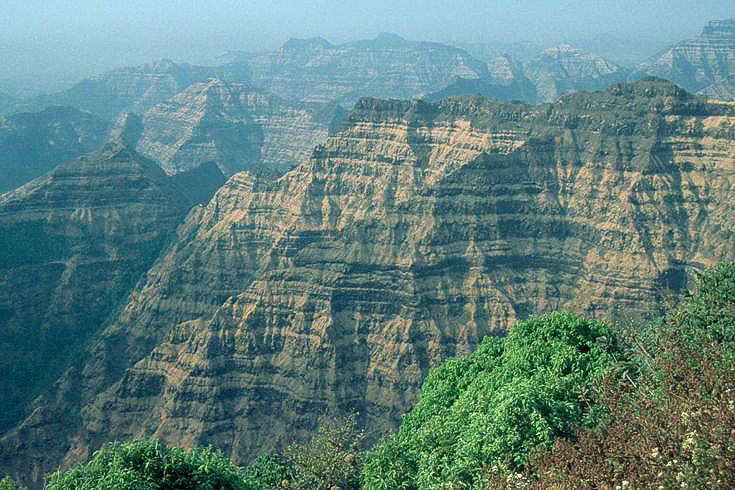
The sheer force of the Chicxulub impact was powerful enough to destabilize fault systems across the entire globe. Massive earthquakes, far more intense than modern ones, shook regions that were previously geologically stable. This planetary stress may have also triggered or intensified volcanic activity in existing systems, notably the massive Deccan Traps in India. The sustained release of lava and volcanic gases added new layers of atmospheric disruption, demonstrating that the catastrophe was not a single event but a complex, multi-system geological and environmental shock that touched every part of Earth.
9. Mega-Tsunamis Inundate Distant Shorelines

The immense volume of water displaced by the impact formed tsunamis that traveled at extreme speeds for thousands of miles across all major ocean basins. These waves, estimated to be hundreds of feet high, slammed into distant continents, carving away entire beaches, severely flooding river deltas, and carrying saltwater far inland. Coastal ecosystems, including fragile coral reefs and shallow marine nurseries, were instantly decimated. Geological records today often show mixed layers of land and marine debris, a stark signature of ocean water violently surging inland and then retreating, reshaping habitats globally.
10. The Deep Sky Darkness Begins the Ecological Collapse

As the smoke, dust, soot, and aerosolized sulfur filled the upper atmosphere, sunlight began to rapidly dim. Within days to weeks, the brightness of noon resembled deep dusk. This profound reduction in solar energy caused photosynthesis to slow dramatically, and then stall. The base of the food web, all plant life, could no longer produce energy. Herbivorous dinosaurs lost their essential food source almost immediately, and the carnivores, dependent on the herbivores, faced a swift and profound crisis. This global darkness was the beginning of the extinction, causing the great food networks supporting the giants to collapse from the ground up.
11. Sulfur-Based Acid Rain Falls Across Continents
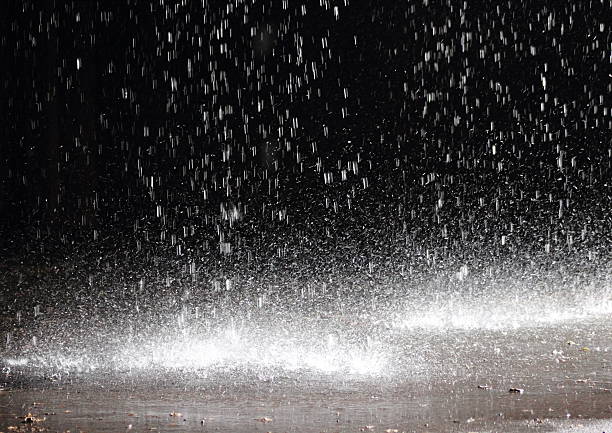
The massive amount of sulfur compounds aerosolized into the atmosphere combined with moisture to create highly corrosive sulfuric acid rain, which fell across all continents and oceans for an extended period. This deluge drastically altered soil chemistry, making plant regrowth difficult, and poisoned freshwater habitats. Organisms with permeable skin, such as amphibians, were particularly vulnerable, as were marine life, like corals and shelled organisms, as the increasing acidity interfered with their ability to build and maintain their calcium-based shells. This environmental pressure quickly reshaped which species could endure in the new, hostile ecosystem.
12. Global Temperatures Plunge into an Impact Winter
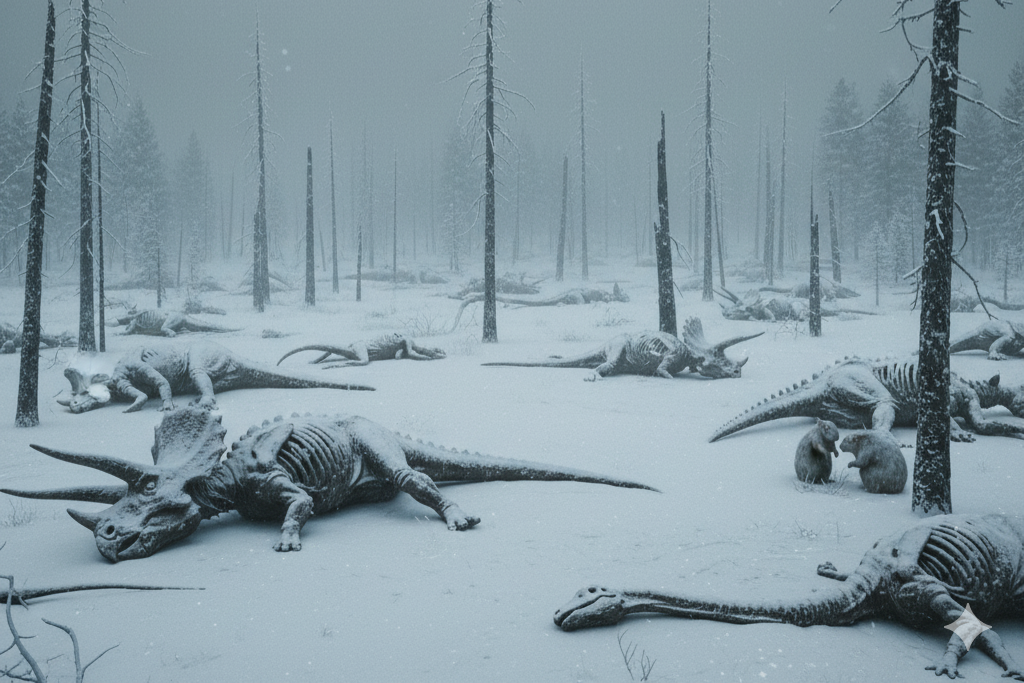
With sunlight largely blocked by the atmospheric debris, Earth experienced a profound and sudden cooling event known as an impact winter. Regions that had supported lush, subtropical environments became cold, and typical seasonal temperature swings were completely upended. Most large dinosaurs were adapted to stable, warm climates and were ill-equipped to cope with the rapid temperature drop, which was compounded by a complete lack of food. This cold stress, combined with pervasive starvation, tightened the survival pressures, and the death toll increased. This cooling phase, which may have lasted for years, drastically changed the evolutionary trajectory of life.
13. The Marine Food Chains Die from the Bottom Up
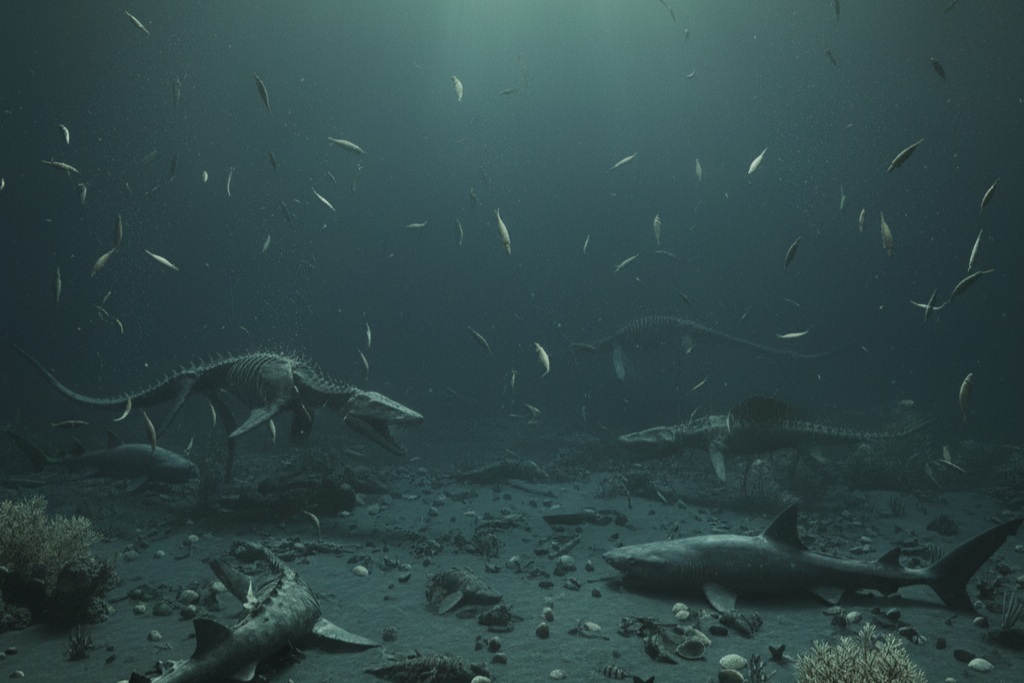
The oceans suffered an extinction event just as swift and devastating as the land. Phytoplankton, the microscopic foundation of nearly all marine food webs, rely entirely on sunlight for survival. With the sky darkened, their populations plummeted, causing a near-instant collapse of the primary food source for krill, fish, and filter feeders. Larger marine reptiles and sharks, already stressed by environmental changes and falling food supplies, faced rapid starvation. Oceanic biodiversity fell sharply, creating seas that were quieter, emptier, and darker.
14. Large Dinosaurs Fall Victim to Scarcity

The largest dinosaurs, especially the herbivores, required constant, massive amounts of vegetation to sustain their body size and metabolism. Their disappearance, a result of the complete loss of their food supply, destabilized all other ecological relationships. Without abundant herbivores, the immense carnivores, like Tyrannosaurus rex, rapidly lost their necessary food sources. In this unprecedented crisis, sheer size and power offered no advantage. The giants vanished because the warm, green, productive world that had sustained their magnificent lives simply ceased to exist, unable to provide the necessary calories.
15. The Small, Flexible Survivors Inherit the Earth

Survival favored a specific set of characteristics: small size, adaptability, and an ability to utilize varied, low-quality resources. Small mammals survived by burrowing, which protected them from heat pulses and allowed them to ride out temperature extremes, feeding on insects, seeds, and carrion. Early birds, flexible in their diets, could eat seeds and scavenging materials. Crocodilians, with their slow metabolisms, required fewer calories and could endure long periods of limited food. The successful survivors were not the strongest or the fastest; they were the most flexible and resource-efficient in a fundamentally broken world.
16. The Atmosphere Slowly Begins to Clear
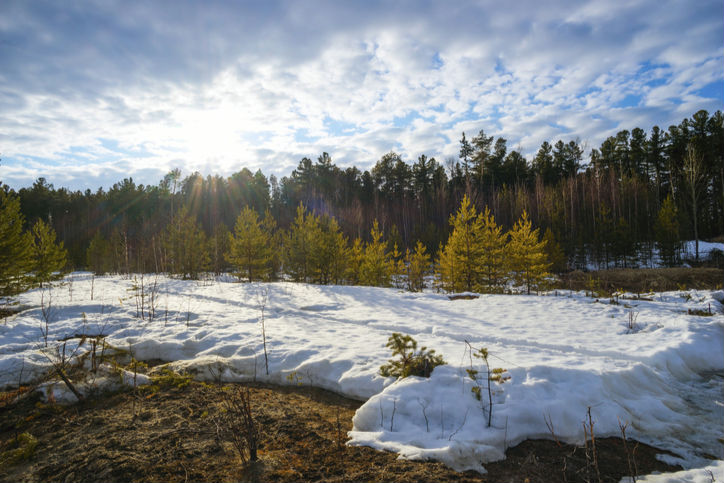
Over a period of years to perhaps a few decades, the dust, soot, and aerosols slowly began to settle out of the atmosphere. Gradually, sunlight returned and strengthened, and global temperatures began to warm back toward pre-impact levels. However, the world that emerged from the shadows was profoundly different. Forests would regrow slowly, and vast grasslands had not yet fully evolved. The ecological silence left by the loss of the massive species was immense, and the recovery was a patient, uneven process shaped by the few life forms that managed to persevere.
17. The Great Radiation of New Life Begins
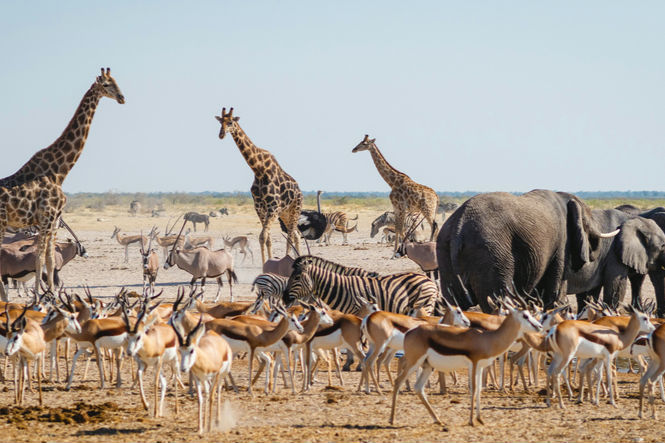
With the dominant life forms suddenly gone, countless ecological niches were left wide open, triggering an evolutionary “acceleration.” Mammals, freed from the predatory shadow of the dinosaurs, diversified rapidly into new body shapes, sizes, and behaviors, filling the empty roles. Birds radiated into thousands of new forms, eventually giving rise to the huge diversity we see today. Ecosystems were dramatically reorganized around these smaller, more adaptable, and resilient species, proving that life does not simply return after a catastrophe, it reinvents itself.
18. The Asteroid Reshaped the Planet’s Destiny
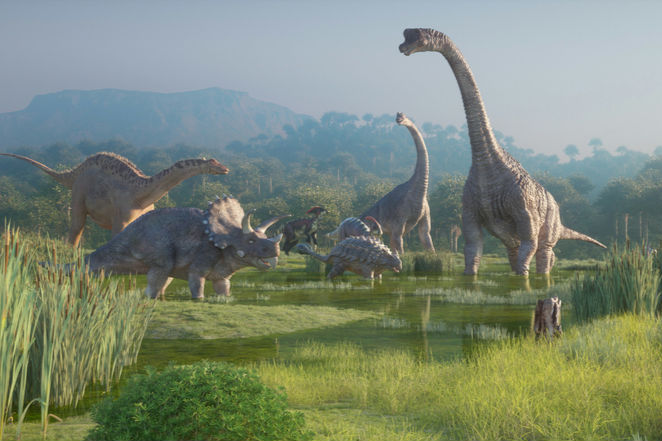
The end of the Cretaceous Period and the death of the dinosaurs was a singular moment of cosmic accident that utterly rewrote the destiny of Earth. Had the asteroid missed, dinosaurs may well have continued their reign for millions more years. Instead, the sudden void allowed the development of new life branches, including the ancestral line of the primates. Our own existence, the ability of humans to evolve and eventually dominate the planet, is a direct, biological consequence of that single, catastrophic day.
This collision was more than just a big impact; it was a cosmic pivot point that changed everything. It serves as a powerful reminder of how fragile life can be, but also how remarkably resilient it is, eventually finding a way to thrive in the aftermath.
This story What the Day the Asteroid Hit May Have Looked Like, According to Science was first published on Daily FETCH


